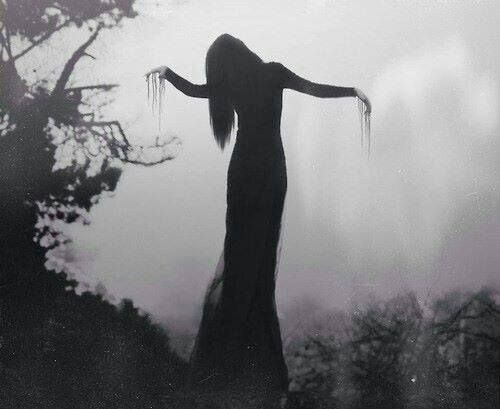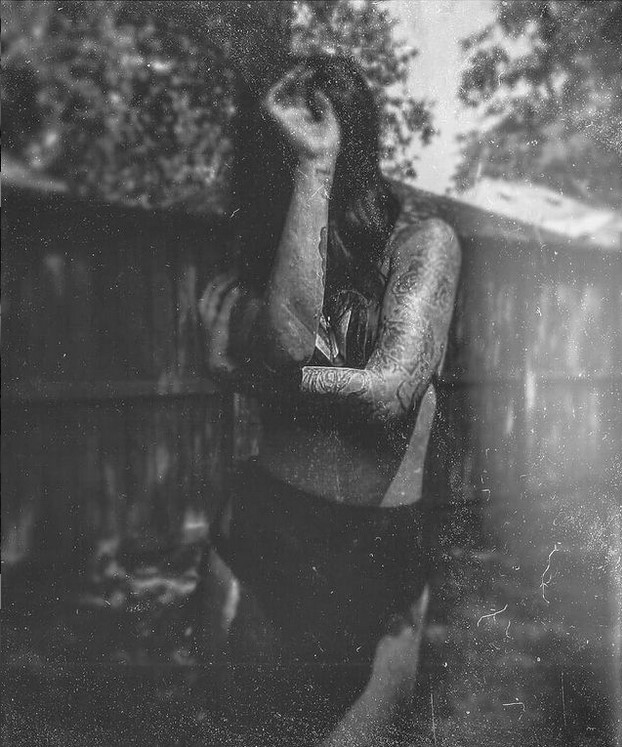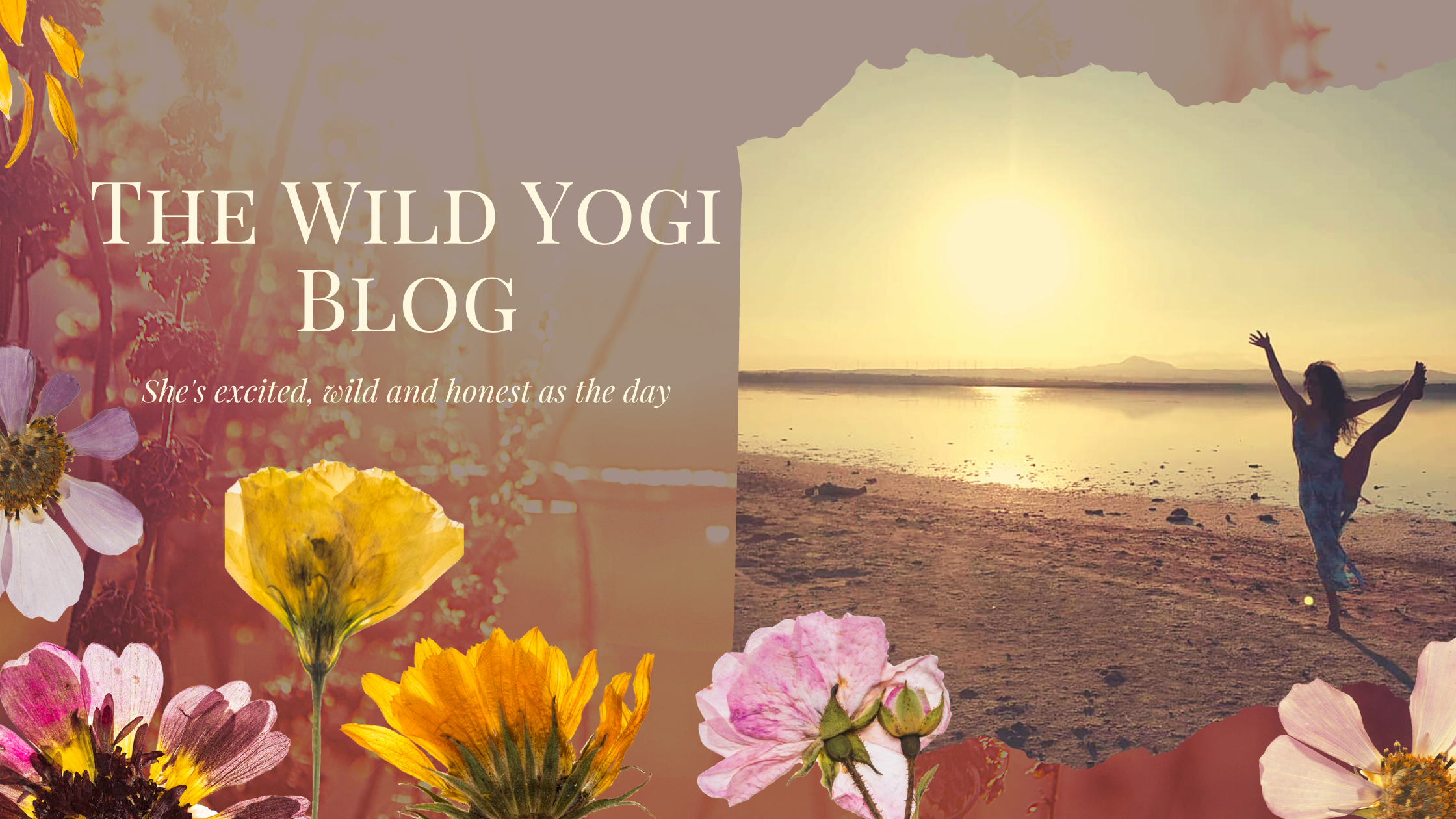
What does it mean to be a witch, a priestess, a bruja, a devi? These are all different words to describe the same thing, the same practice and the same way of being. That way of being is walking the path of the goddess, the path of honoring mother earth. It is believing everything in life as sacred or as a lesson to learn, it is knowing death is upon us every day and so we see life as magical.
Witch is a term as shifting and volatile as mercury. Over time it has been an accusation, a slur, a fear, a story, a fairytale, and a costume. But in the beginning, a witch was someone who was recognized as working with healing. A person who had a direct relationship to the medicine of those things we cannot immediately see.
The etymological roots of the word witch are mixed, murky and a bit mysterious. But some scholars argue that witch can be traced back to the Indo-European world weid – which means both “to see” and “to know.”
At the heart, to be a witch doesn’t mean that you manipulate reality to your liking. It means that you can see and call forth manifold possibilities. It means that your perception of reality goes beyond what has been handed to you. And that you can perceive the presence of freedom, and healing, in all things.
These photos of mine are simply playful memories I have of friends who accept me and my spiritual practice and it shows we’ve come a long way since the witch trials. Had I been alive back then, I’m pretty sure my life would have been cut short, not only for practicing “witch craft” but for being sensual (belly dance), intelligent and strong willed. Imagine seeing me back in 1692 belly dancing erotically to the moon in my garden or even simply drawing herbs in a book? I’d have been hung in a heartbeat. So basically to be a witch is to be a free spirited woman.
Even in this day and age, I know people gossip about me, are wary and intimidated by my “weirdness” because I don’t quite flow with societal ideals, I sit on the fringe, peering in on latest trends but not following them. Instead you can find me playing with my tarot cards, chanting protection spells to the dream catchers and hand-fasting cords I make and belly dancing to honour the goddess within and around me. I understand I don’t quite live life like ordinary folk and whilst there is nothing wrong with ordinary, I do not feel called to follow the crowd.
So you might be asking, what kind of witch are you? I’ve been Pagan all my life, even though I was raised Catholic I didn’t feel pulled to practice that religion by the time I was 8. At that age I felt the idea of God was more than the masculine and that he or she didn’t live in a man made building. I felt if God was anywhere, surely this presence would be in what she created? Surely she or he is in every plant, person and animal as a collective consciousness? I felt God must be an artist, because I myself as an artist tend to leave little symbols or messages in my work that imply I’ve breathed life into that creation. Surely God did the same? I spent a lot of time in nature and I’d bring natural objects home and create altars in my bedroom.
I think I knew the path of witch craft was for me when I turned 13 and wanted my own tarot deck and I began to study crystal healing and the chakras. This path became serious when I discovered belly dance at age 15 and its association with ancient goddess religions, rituals, red tents and women’s circles. At the same time I learned of my Rromani ancestry too and of past relatives who practiced divination and spell work. So I discovered that this “weirdness” is in my blood.
I call myself a solitary Hedge Witch, I also practice Yoga and I am an initiated Pagan Priestess. Phew! So many words to describe me! But putting it all together, it is all pretty much “witch craft” to me and here’s why:
Solitary Hedgewitchery, or Hedge craft, is a kind of combination of Witchcraft and Shamanism. This Path is based on the Traditional Witchcraft and Cunning Folk traditions of Europe from ancient to modern times. If you think “Hedgewitch” and picture the strange lady who sold herbs and magickal charms, acted as midwife and healer in the ancient times, you are not far off. Nor are you far off if you picture the wise sage who would cast bones to divine the future, or journey in the otherworld to heal members of his or her community. Most Hedgewitches look to their own heritage to find inspiration, lore and knowledge so a lot of my study comes from research of my Rromani ancestry and I have been learning about many Rromani charms, spells, use of plants, prayers, incantations and forms of divination. Throughout history and in many cultures the “Hedgewitch” lived at the edge (over the hedge) of the community, often among the outlying hedgerows- a cottege just outside of the village, often on the verge of a woodland. They scratched out a living through herbalism, understanding nature, prophecy and divination as well as magick and healing. They served the community in many ways including but not only; midwifery, healing, protection spells, house blessings, crop and livestock blessings, through the selling of magickal charms and even curses. The term “Hedgewitch” is also symbolic of someone boarding between worlds, crossing over the hedge and lifting the veil. She is a woman of the crossroads.
Yoga practice: Yoga isn’t just the physical poses you see in class, it is a spiritual practice and is a branch of Hinduism. In many countries all over the world from India to Bali, you’ll find many practitioners creating altars, attending ceremonies called “Puja”, creating daily rituals, reciting mantras and prayers to the gods and goddesses and leaving charms on trees or by rivers. Yoga asana to me is a form of dance prayer or movement meditation for my body-mind and reciting a mantra at my altar or in nature allows me to cross over to another world- the world of spirit but also give thanks for another day of being alive or embody goddess.
Being a Pagan Priestess (and possibly soon to be High Priestess) links with my practice as a Hedgewitch and even my yoga practice. It is essentially being dedicated to serving the gods and your patron deity through ritual, charms and offerings. I am dedicated to both Aphrodite and Artemis yet I’m working with Persephone and Hecate at the moment because I am at a crossroads in my life right now, I need Persephone to take me through the underworld and for Hecate to guide me out of it. Just like in yoga practice I meditate and go on visual journey’s to meet these deities (archetypes) within and around me, I also take walks in nature and leave offerings to these goddesses too. I see myself as a vessel for the goddess to come through as well, especially in my dancing, many of my belly dance performances summons a higher power from wolf spirits to ancient goddesses.
In September 2018 I became “Devi Kalyaani” the Women’s Circle Facilitator. I can now essentially lead my own goddess circles, red tents or women’s gathering. Bringing Yoga, Hindu philosophy, pagan ritual, goddess worship and witch craft together as one. The word “Devi” means “the sacred feminine”, according to the Vedic Tradition & Vision. Devi is she who is self-shining, she who is love itself and has all power and knowledge. Devi means goddess, therefore I am goddess and all is goddess. The sacred feminine is in me as it is all around me. Kalyanni is a Hindu name given to me by one of the sisters in the group and means “Devi of the mountains”, she is the Hindu goddess of welfare and tenderness. So as you can see- Devi and Witch both mean “Knowledge” or “wise woman”. She is a bridge between worlds.
To be a medicine person/Witch/Devi or Priestess is to understand the direct link between perception and healing and to hold space for others on their healing journey. Traditional healers knew that the way in which we perceive gives shape to our direct experience of reality. If we wish to change our reality, or the concreteness of loss or devastation that we’ve been handed, we must first begin with what we are open to seeing. Similarly to counselors and psychologists today, it is about getting to the root of the problem instead of mindlessly taking pills that numb that pain. What if a wise woman could guide you through your journey to the deep, murky parts of your psyche in a safe and loving way through ceremony and ritual?
Witch craft is all about magic as possibility. Witches understand that sometimes the most profound healing does not come from the physiology of a specific medicine, but from the life-changing alteration of our core vision and belief. To be a healer of any kind is to recognize possibilities. Where there is pain, there could be relief. Where there is death, regeneration can be leased. When we open our minds to perceive possibility – including the possibly of healing itself – we open our consciousness to an entirely new way of seeing.
At the heart, to be a witch doesn’t mean that you manipulate reality to your liking. It means that you can see and call forth manifold possibilities. It means that your perception of reality goes beyond what has been handed to you. And that you can perceive the presence of freedom, and healing, in all things.
For myself as a practicing witch I see magic in the mundane every day. Just this morning a house spider crawled across my lap whilst I had breakfast in bed. It made me feel uncomfortable for a few seconds but I chose to sit with that discomfort and SEE the spider as a sacred being that is probably lost or curious, instead of freaking out and squashing the poor fellow I let him walk away. I also took this as an animal spirit message too. So you can see the harmonious thread between Pagan witchcraft and with Hindu or Buddhist practice. Its all magic, its a way of life that sees beyond the veil of reality. It also reminds me that perception of reality is ever changing and fluid, nothing is fixed. My perception of the spider will be completely different to another’s, as will be the reaction from the perception.
Sitting on the fringe of society and at the crossroads between worlds allows me to see clearly and to know peace.
Real Witches know that anything is possible, and this is why they were persecuted. Possibility itself is inherently decentralizing. It places the power of what can be in the domain of each and every being. It can be very revolutionary, indeed, to nurture a belief in possibility. We do not need major initiation rites, long periods of pilgrimages, aestheticism, or trials in order to become such magicians in our own lives. All we must do is open ourselves to the possibilities.
When we can engage with the presence of possibility— that, perhaps, nothing is set is stone, nothing is irreparable, nothing is truly lost— does not all of life become infused with magic? And is not magic, in its essence, the recognition of limitless possibilities?
Possibility is the language our very planet speaks. Real witches perform magic because they are so aligned with the earth they cease to see the black and white of death and life— they see possibilities.
Traditional witches were not only emissary of healing within the human community, they were bridges to help bring humans back into balance with the more-than-human world. Historically, the act of healing itself was seen as a process of regenerating ecology. Witches do not lose themselves in what we see as death or endings. They align themselves with the wider truth of an ever-changing world. That every wound, every loss, every illness opens new possibility.
Living, truly living, is an act of embracing possibility, embracing magic, embracing goddess. It is standing in front of the old structures, with a stone in one hand, and the wind in the other. Grounding oneself in the solidity of what is and inviting in the touch of the unseen. Recognizing that life itself exists somewhere in the numinous in-between- magic in the mundane. And seeing, really seeing, that to believe in possibility is to set yourself free.

